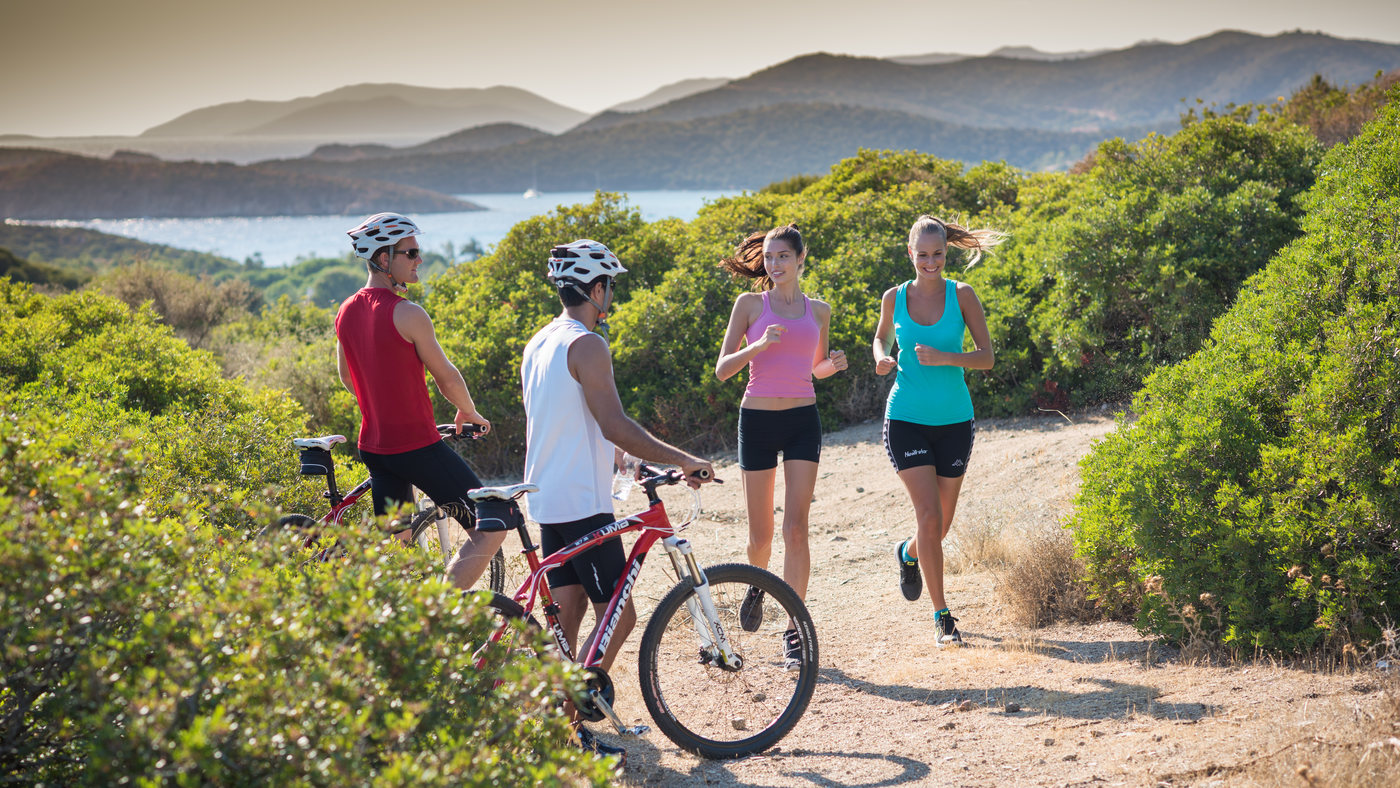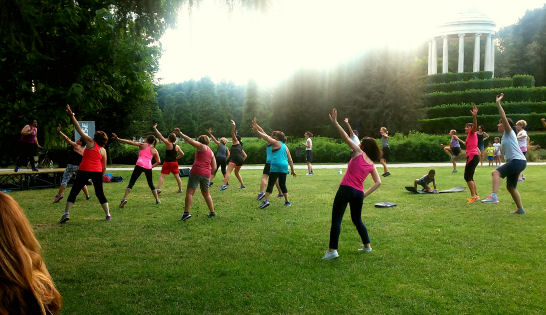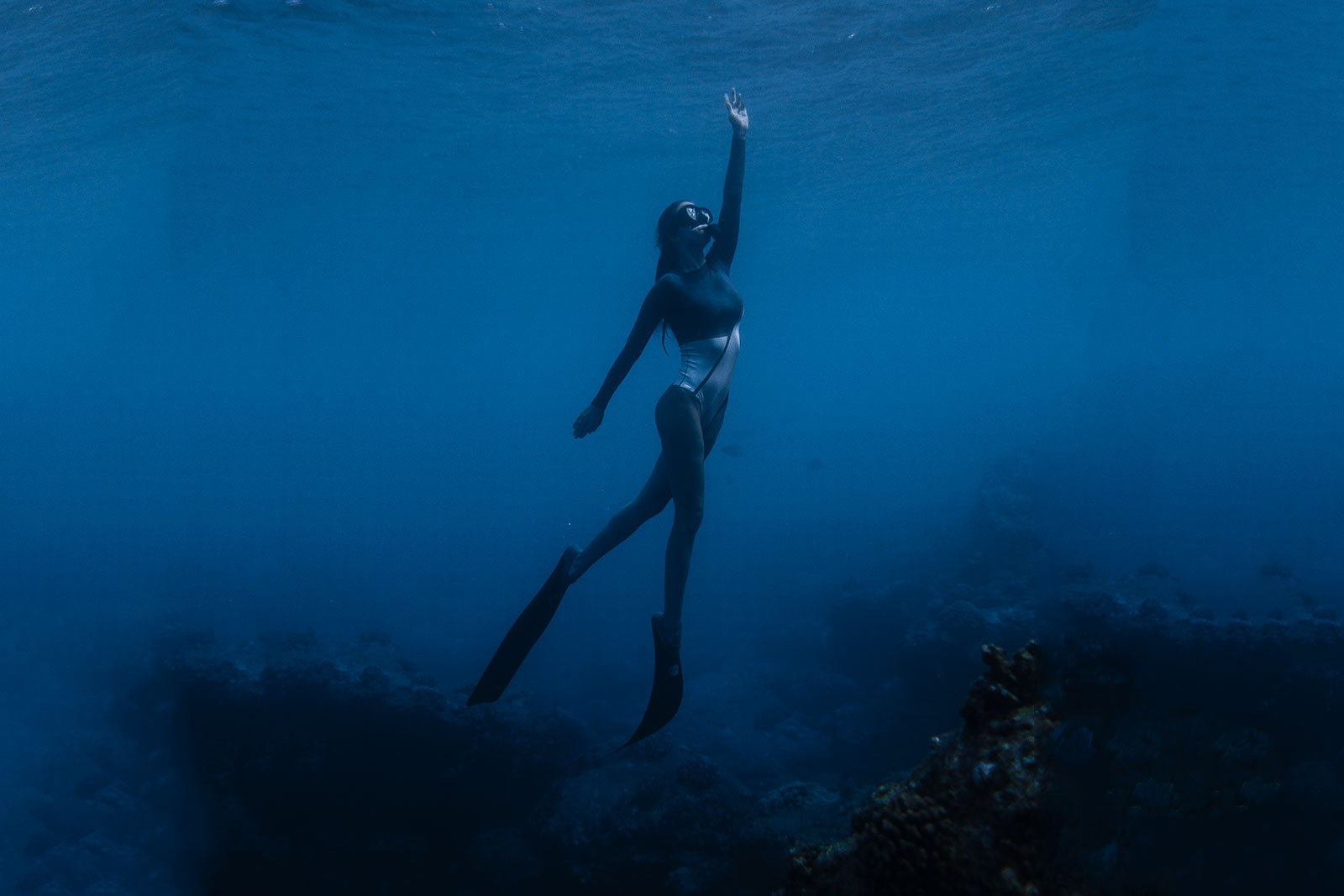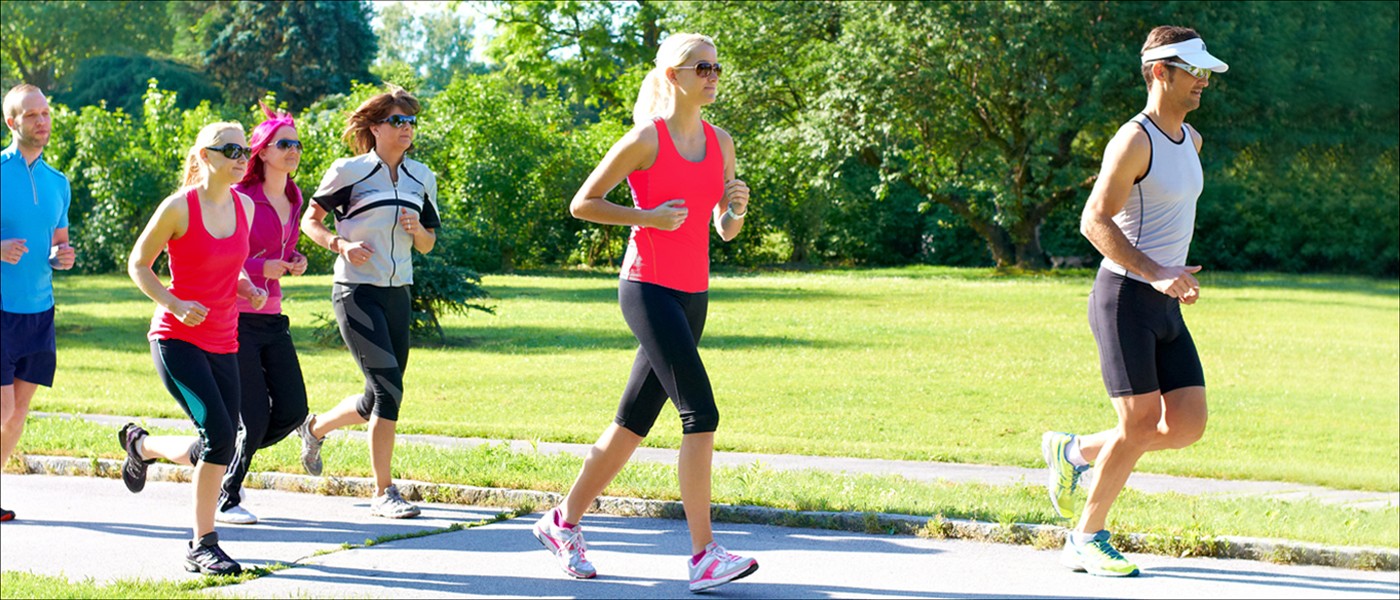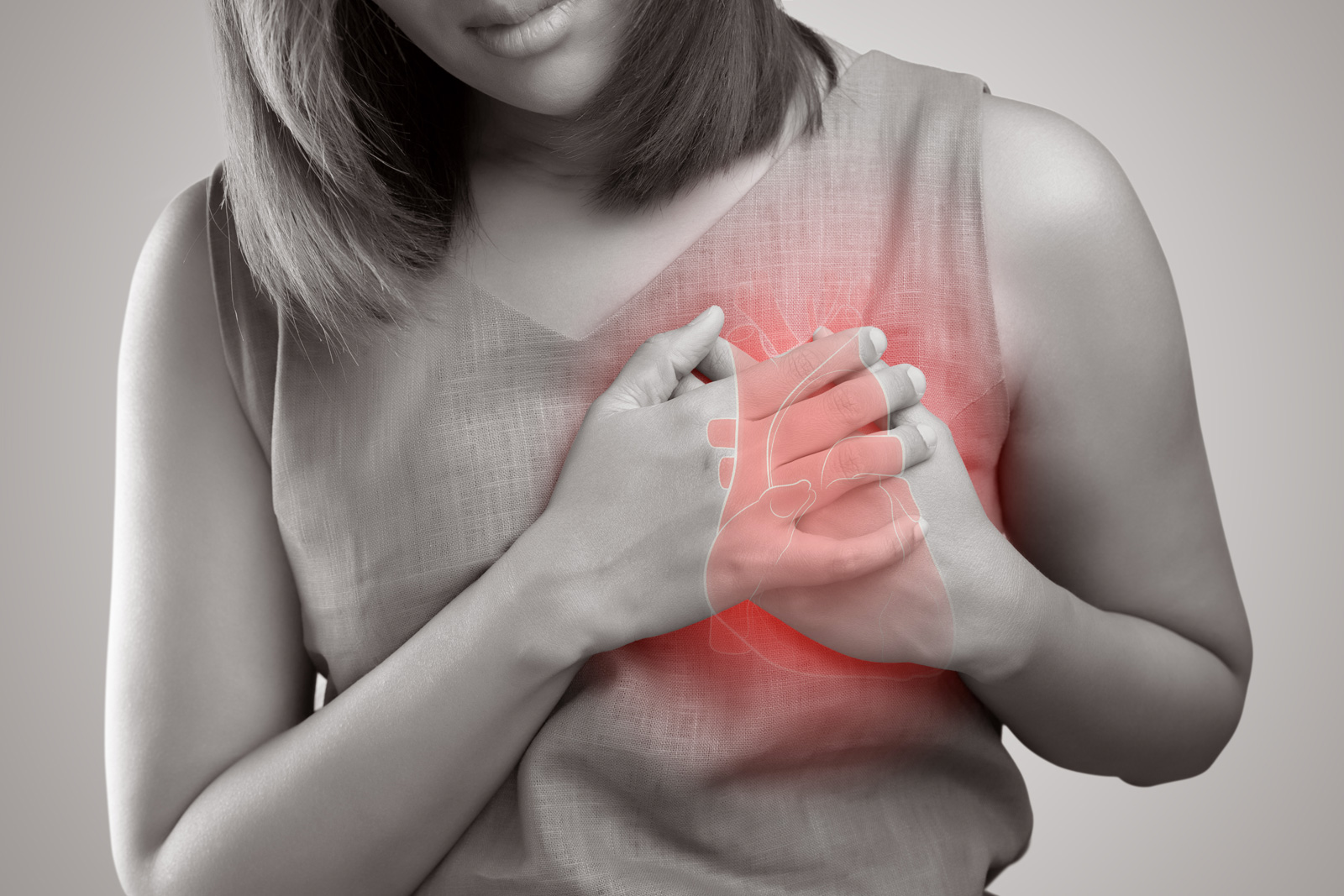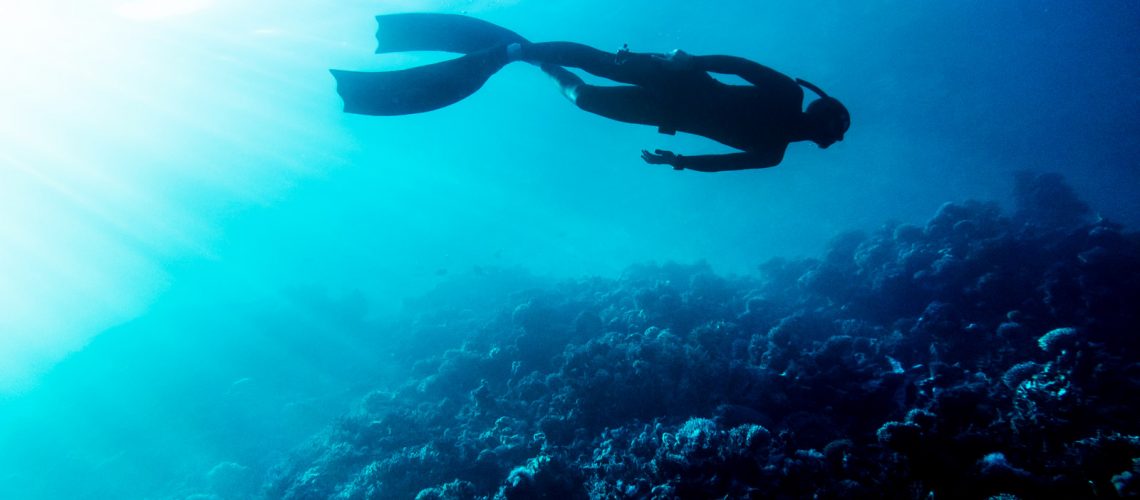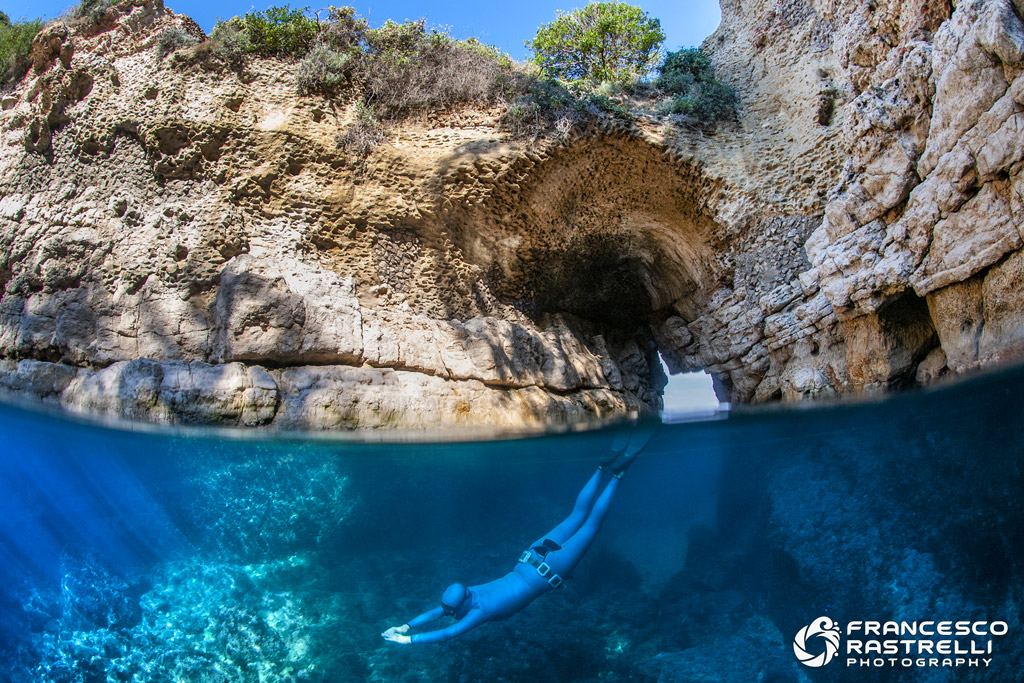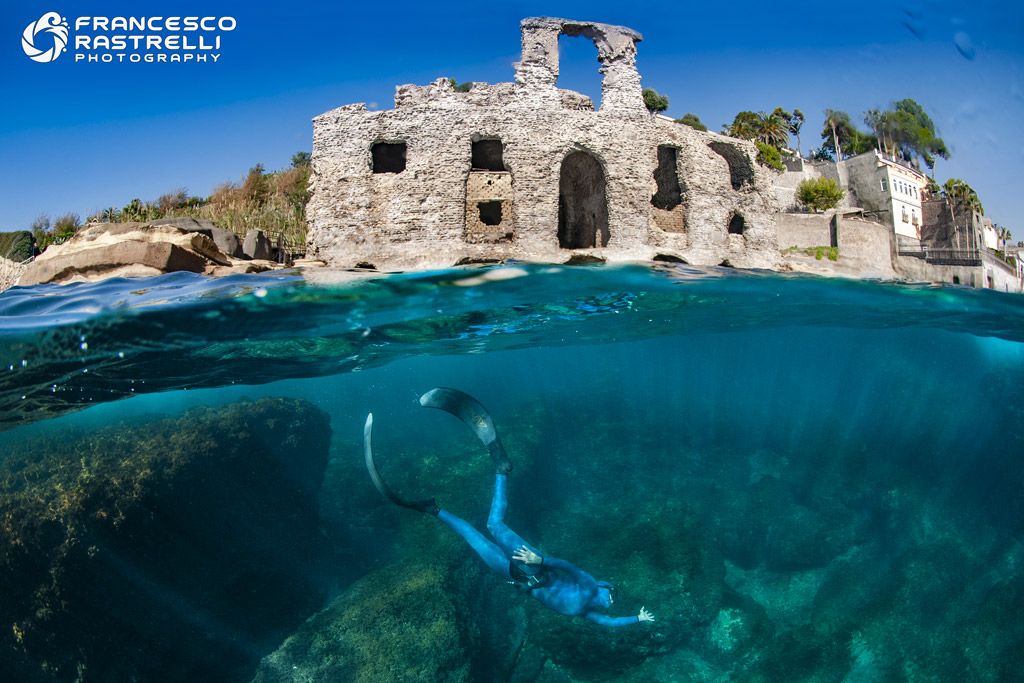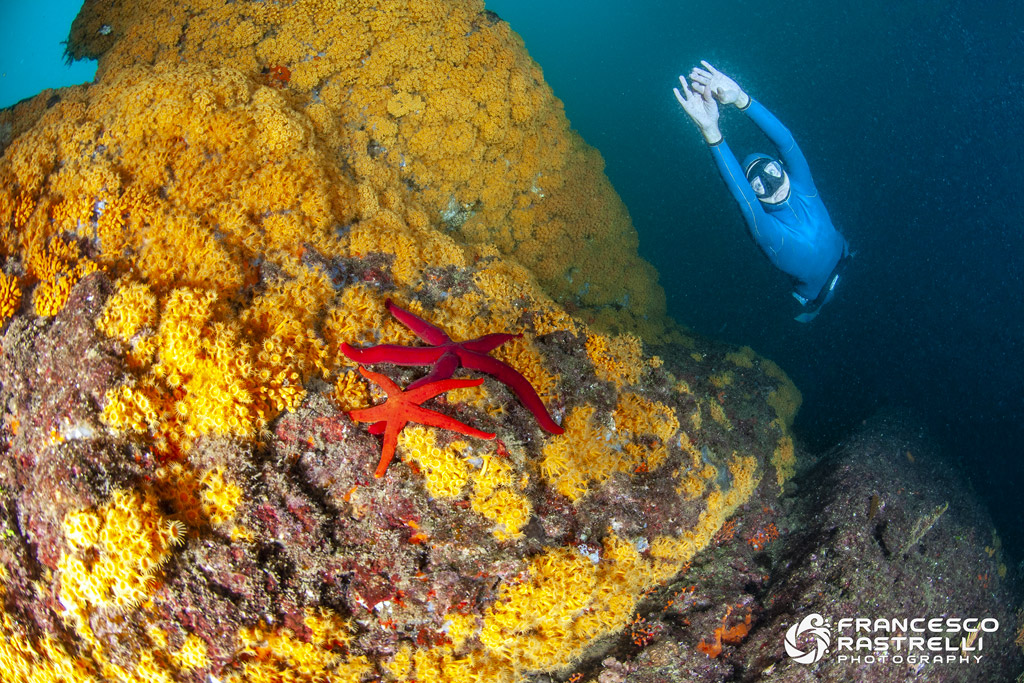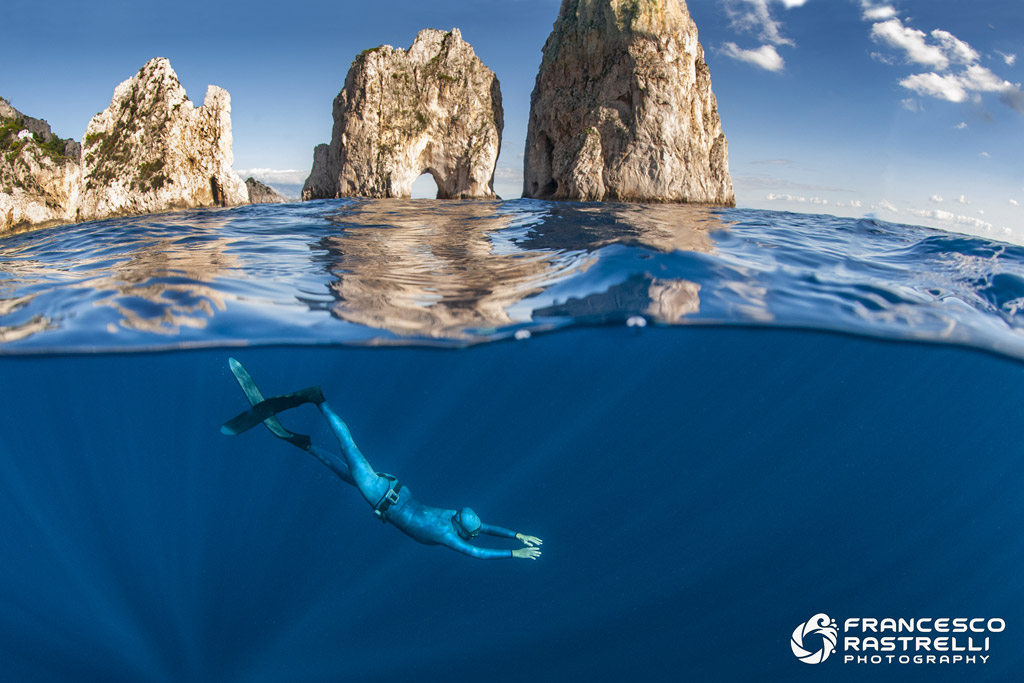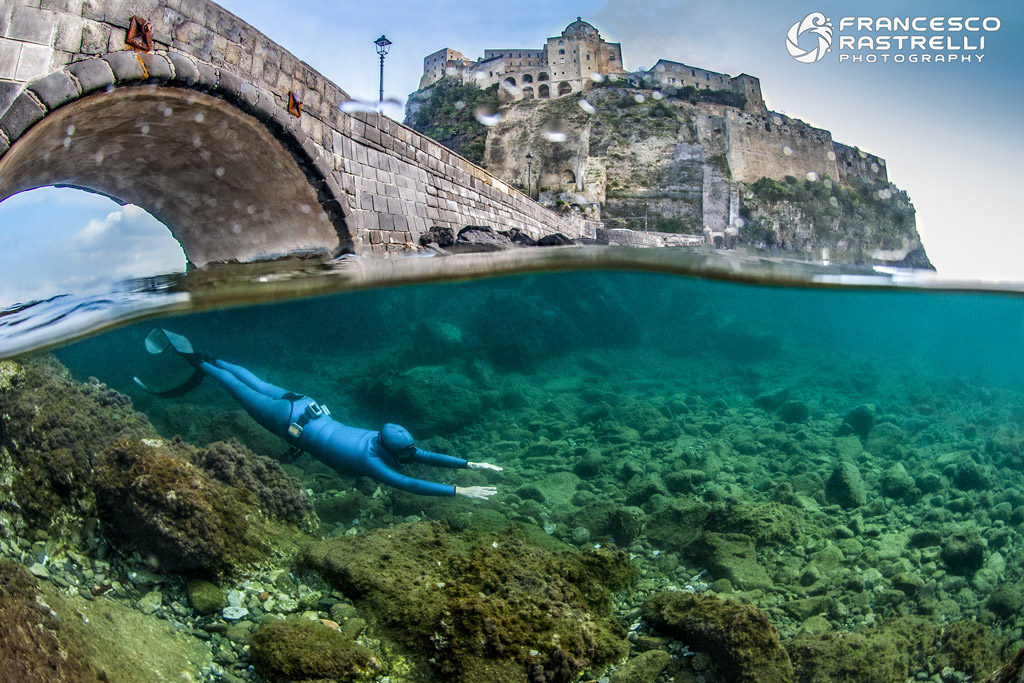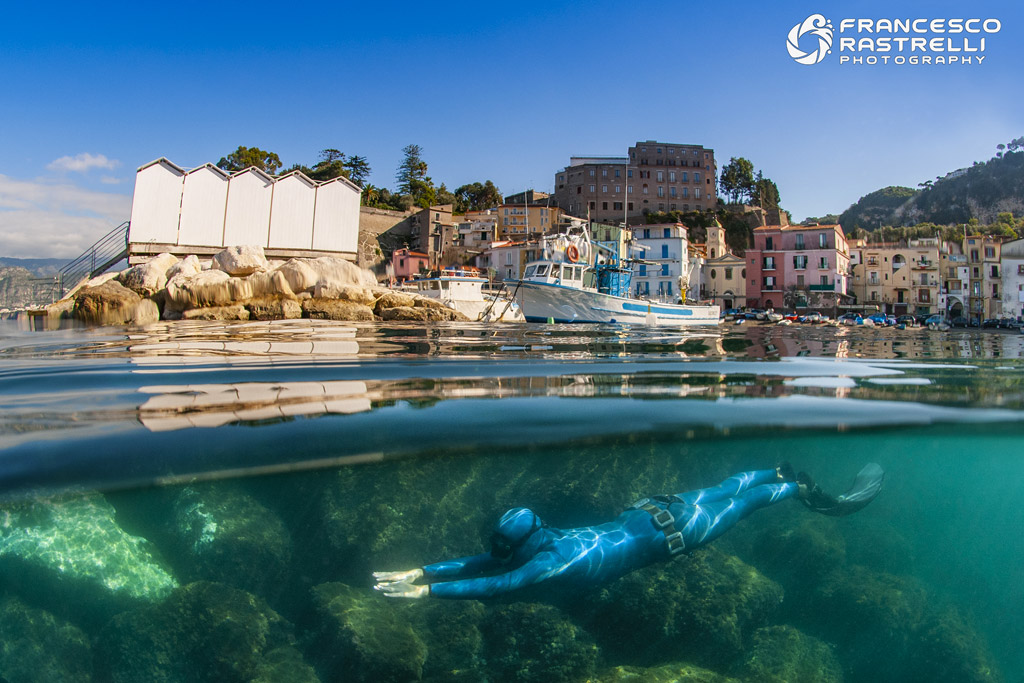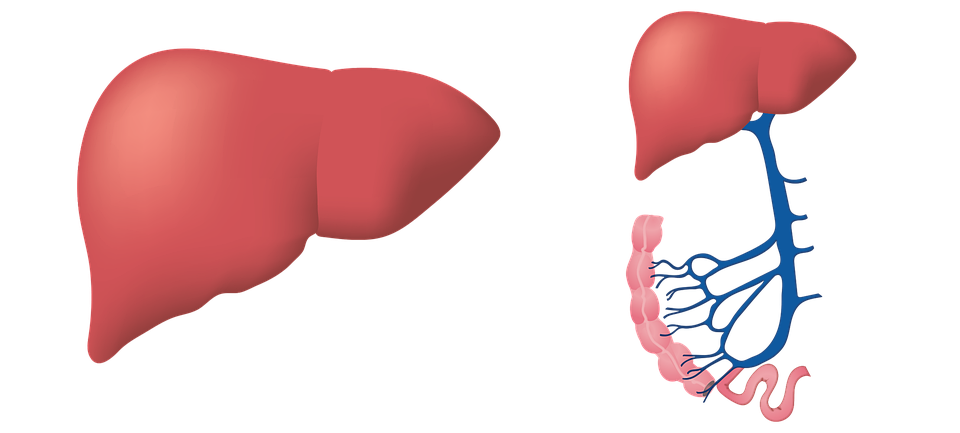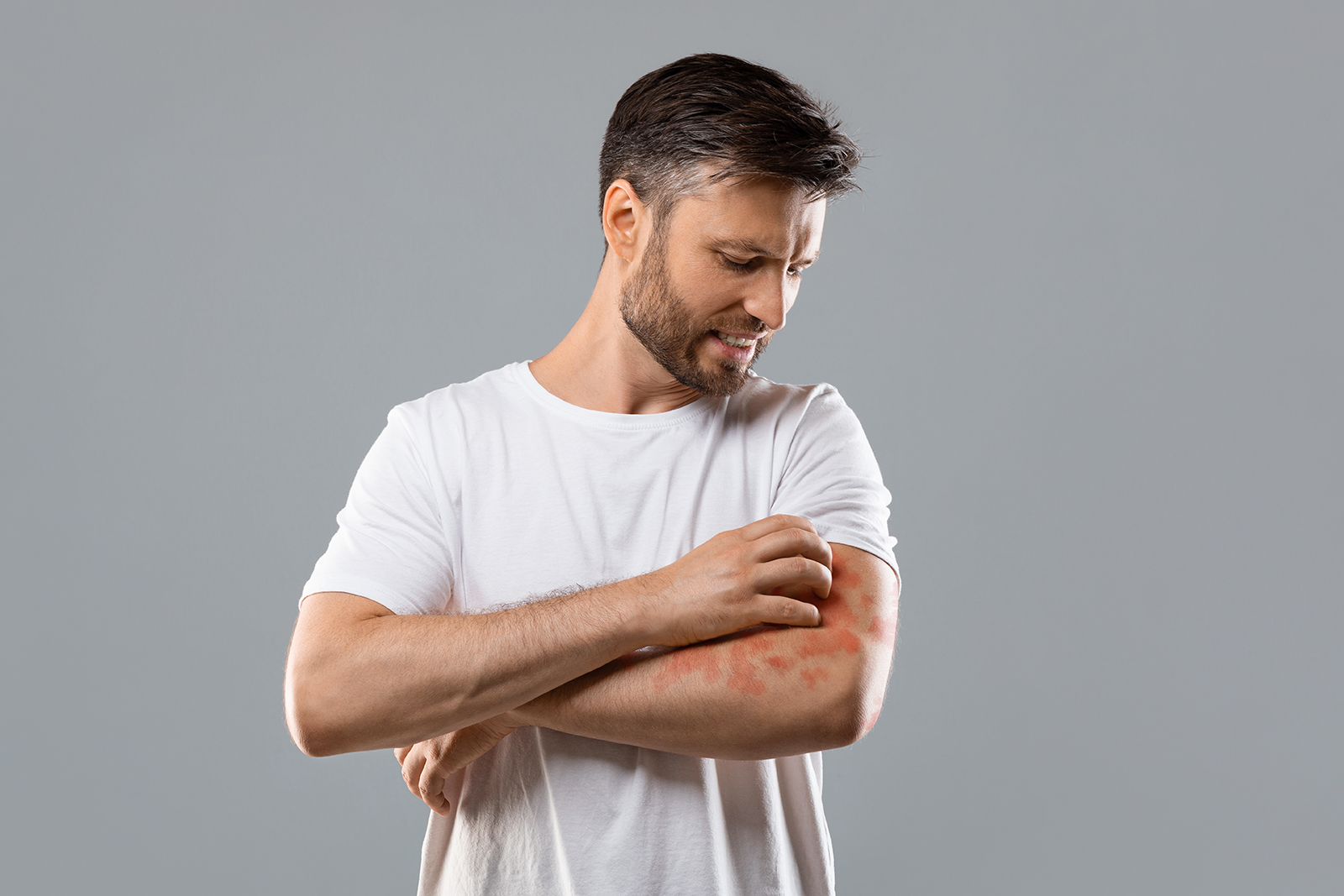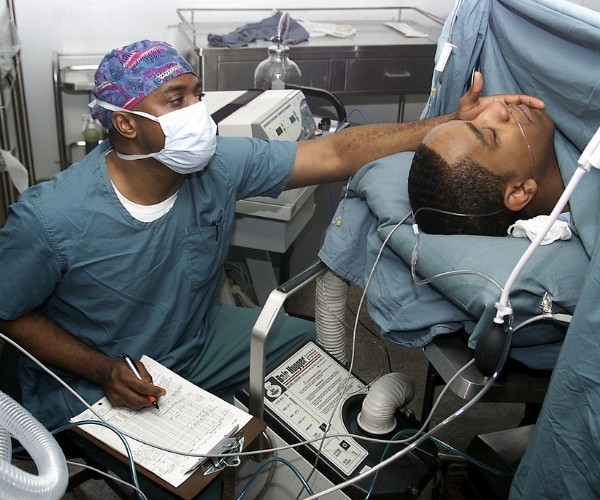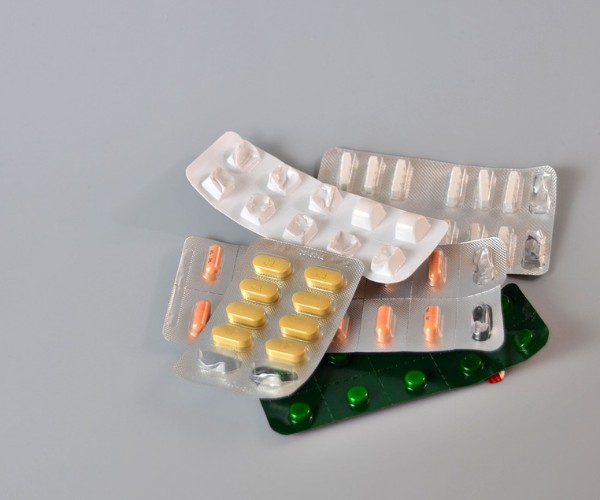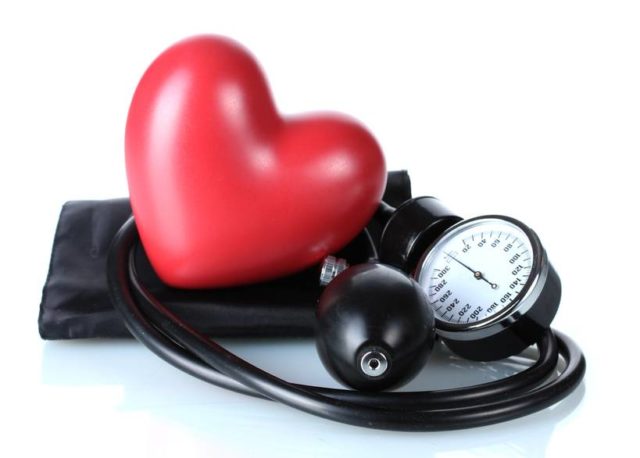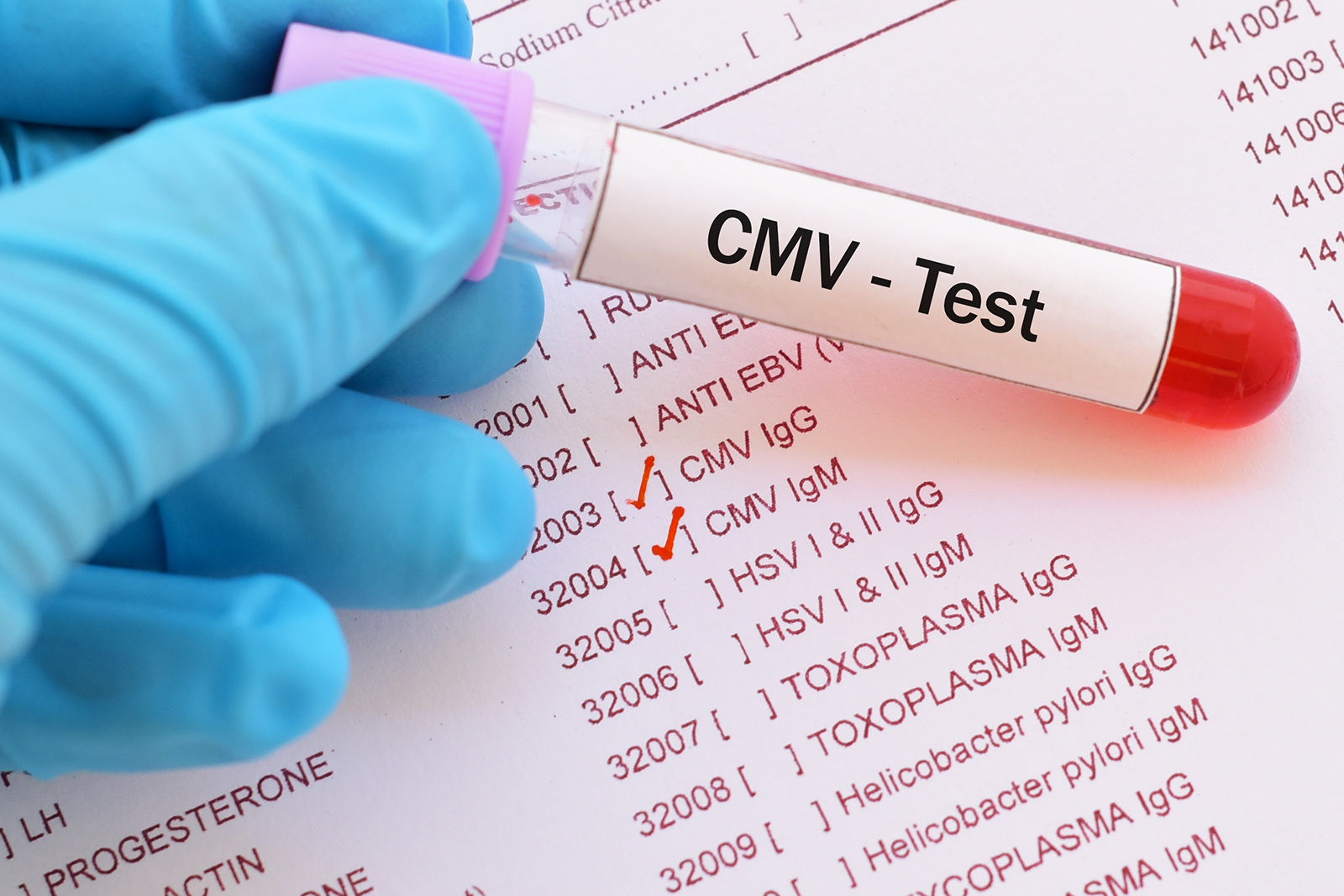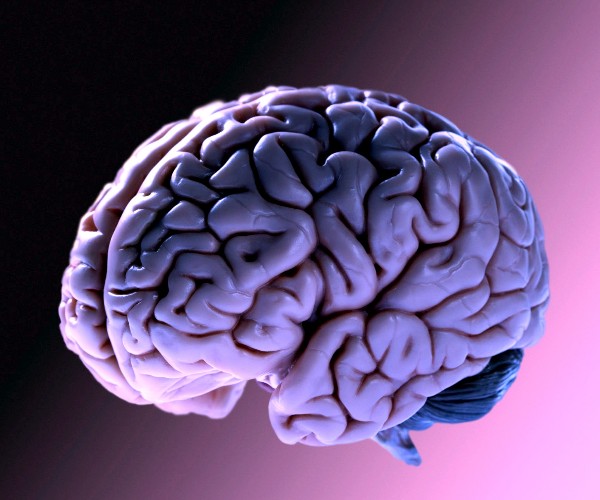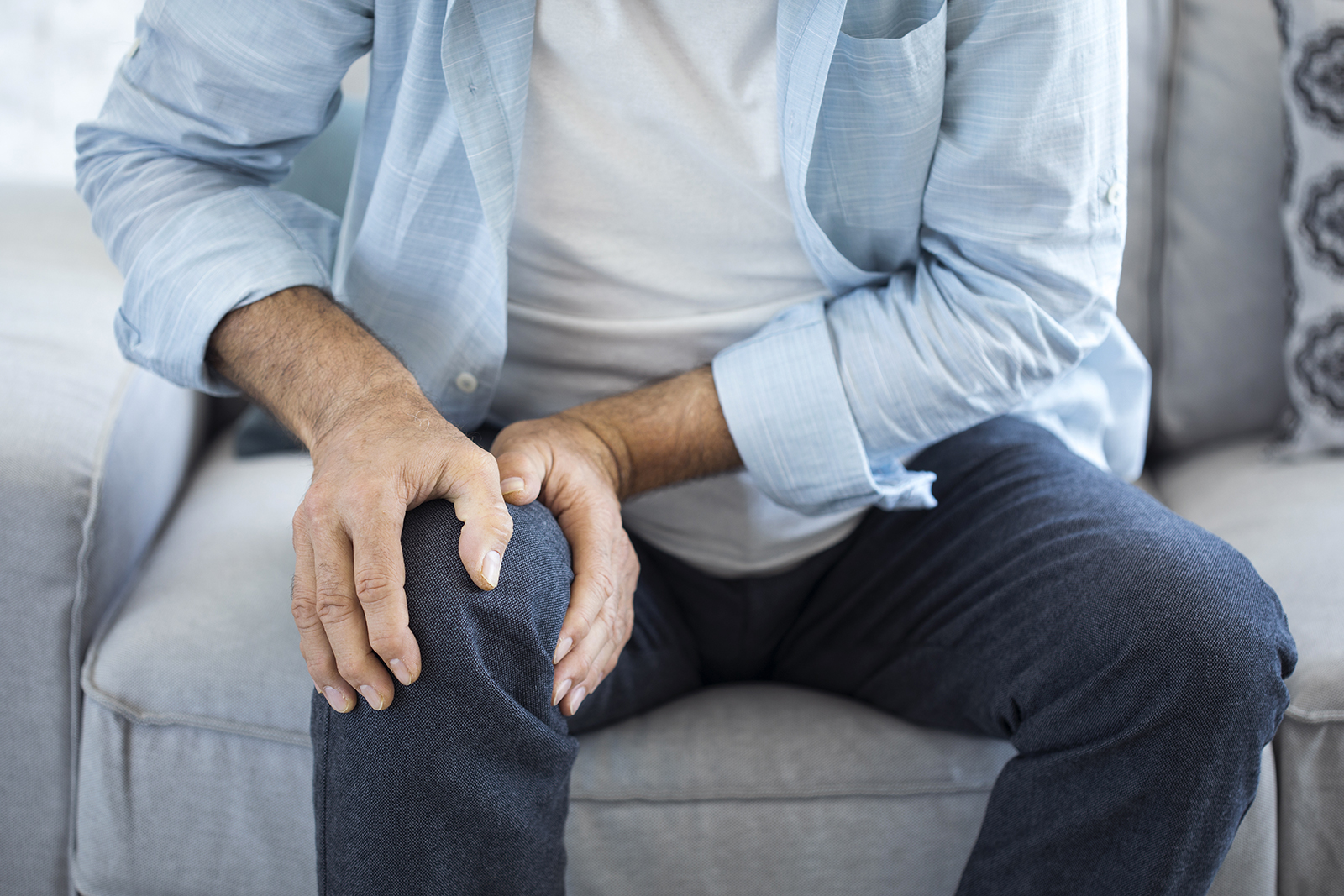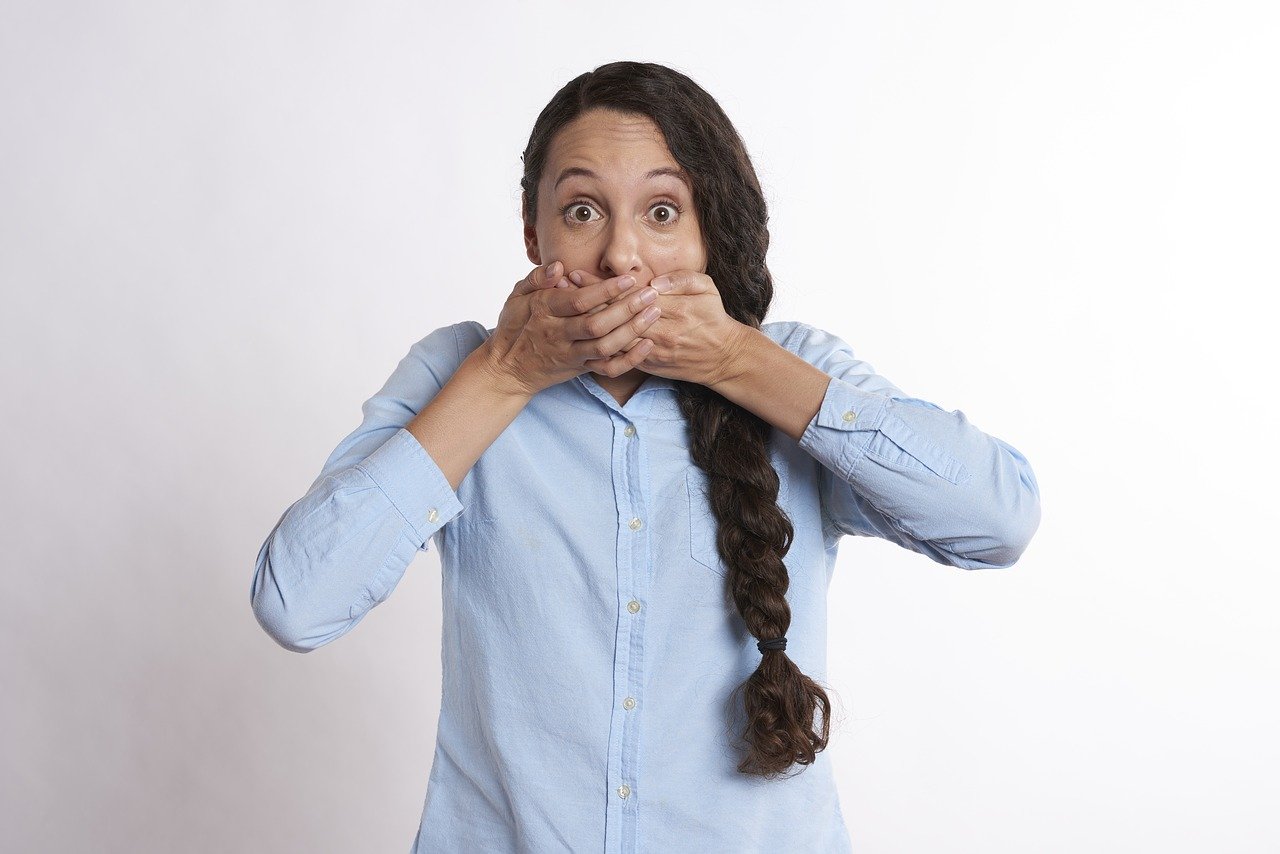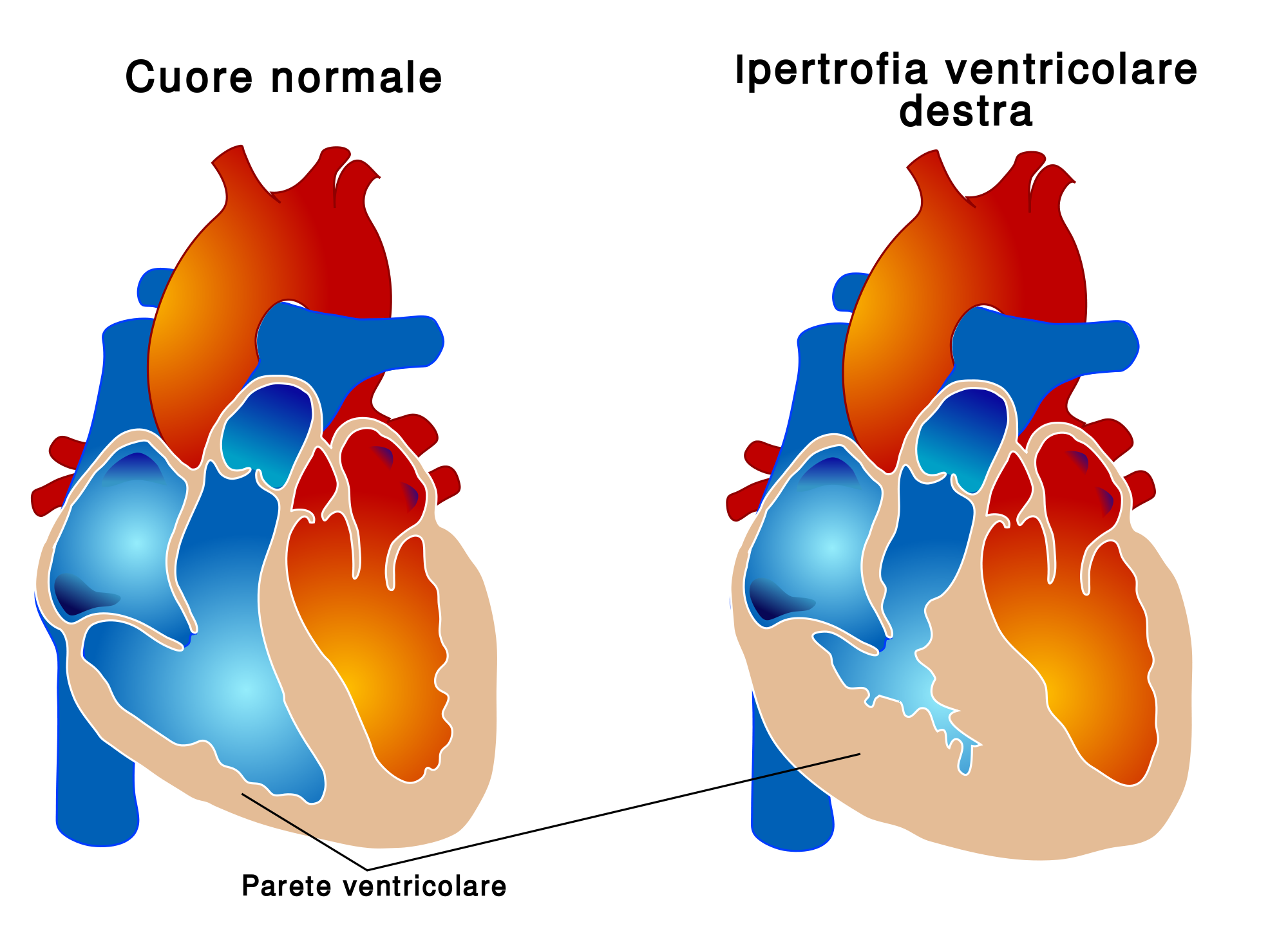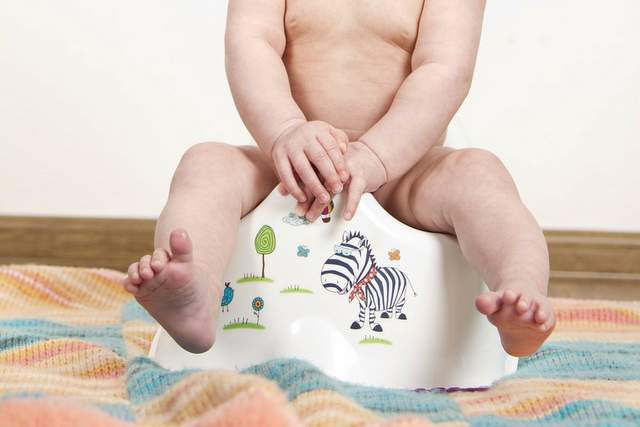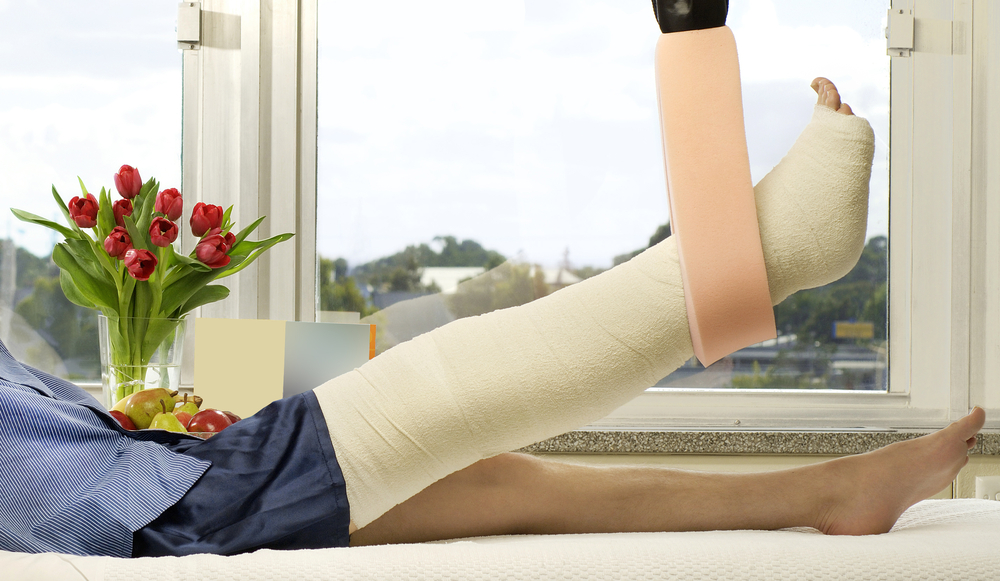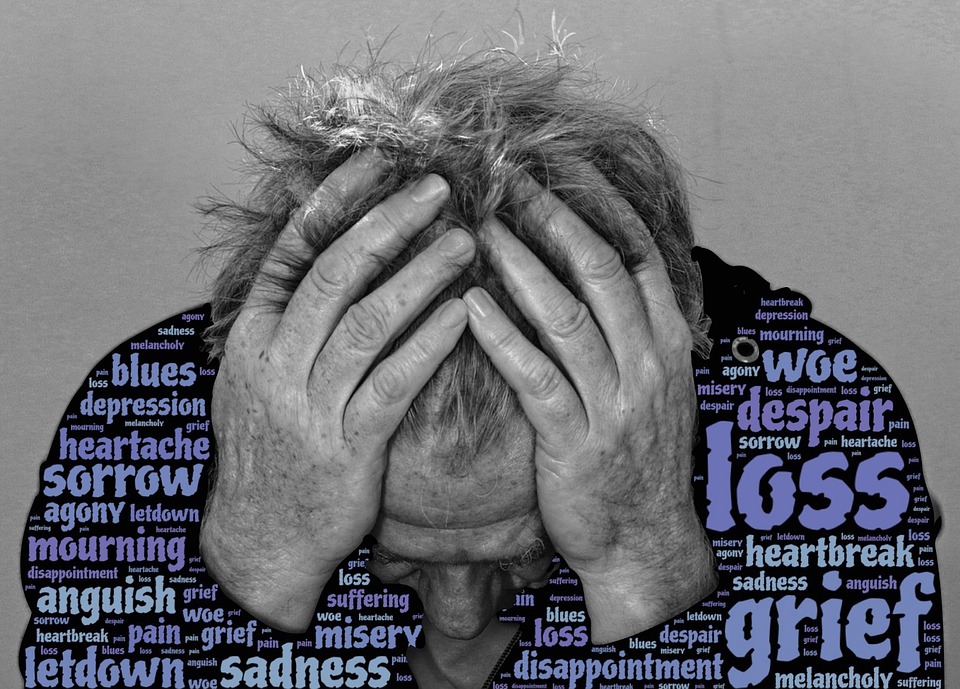Buoyancy thrust and pressure
It is important to understand Archimedes’ law to understand why a body floats. It reads:
“A body, immersed in a liquid, receives a bottom-up thrust equal to the weight of the displaced liquid volume.”
A ping pong ball in water floats, it is said to have positive buoyancy, and this is because the weight of the volume of water displaced by the ball is greater than the weight of the entire ball itself and, by Archimedes’ law, it manages to stay afloat. A stone, on the other hand, immersed in water, sinks: it has a negative buoyancy and this is because the weight of the displaced volume of water is less than the weight of the entire stone, so Archimedes’ buoyancy is not sufficient to keep it afloat.
Then there isneutral buoyancy, which is where a freediver is when, in midwater, he or she no longer tends either to sink or return to the surface. The elevation at which an athlete is in neutral buoyancy obviously varies depending on the characteristics of the liquid in which he or she is immersed-fresh or salt water and degree of salinity-the thickness of the wetsuit he or she is wearing and how heavy the belt is.
The ideal freediver’s weigh-in also depends on a number of variables:
(a) Salinity of water: In the saltier seas, Archimedes’ buoyancy is stronger, as the specific gravity of the water is greater precisely because of the presence of more salt, so there is a tendency to float more and the freediver will have to increase the weight of his or her belt a bit, while in fresh water there is a tendency to sink easily and wear lighter ballasts.
b) What quotas are to be achieved: a bottom athlete generally uses little weight, which will force him to fin with more energy on the descent, to counteract the buoyancy provided by the wetsuit and the positive buoyancy, but, once he reaches his target, he will not have to ascend by dragging too heavy a belt. If, on the other hand, you are preparing for shallow dives, such as fishing below the coast, then you may opt to wear more chili.







A professional athlete, who usually trains in the Mediterranean, if he moves to the waters of the Red Sea, which have a higher degree of salinity, resulting in greater buoyancy, for example, will have to recalibrate, to counteract it, the weight of his belt, increasing it a little bit.
In the water, we also have an increase in PRESSURE as we go deeper: understanding this phenomenon is crucial for those approaching freediving. All of us, at sea level, live at an ambient pressure of one atmosphere-or one bar-which is the weight exerted, by the imaginary column of air, 10000 meters high, on each square cm of our body and which, in practice, represents what the earth’s atmosphere is. In the sea, to reproduce the same atmosphere it is enough to descend, on the other hand, to a depth of only 10 meters and at -20 meters we will already be at an ambient pressure of 3 atmospheres and at -30 meters at an ambient pressure of 4 bar or 4 atmospheres. Such a relentless increase in pressure, as we descend into the depths, has enormous repercussions on what are the aerial parts of our bodies: the lungs, the oropharyngeal cavity, the ears and even the mask, which, in diving, is an element that becomes an integral part of us. These components experience crushing, which becomes increasingly important as depth increases and, therefore, will need to be “compensated.”
Boyle’s law states that: at constant temperature, the volume of a gas is inversely proportional to its pressure.
In this regard, it is interesting to understand that if we have on the surface, at 1 atmosphere, a lung volume, for example, equal to 6 liters, this at -10 meters and at 2 atmospheres will be halved, becoming 3 liters, while at -20 meters and at 3 atmospheres, it will continue to shrink, but in a less than proportional way, becoming equal to 2 liters… and so on. It can be seen that the halving of lung volume occurs only in the first 10 meters, after these the volume will not continue to halve, but will shrink following a curve that flattens as you go deeper.
We observe, therefore, a very interesting phenomenon, whereby the greatest reduction in lung volume occurs at -10 meters: as we continue to descend underwater this reduction will continue to be there, but to a less and lesser extent. This is one explanation why the greatest accidents or difficulties for a freediver occur in the very last 10 meters of the ascent, where the lungs will “suddenly” return to their original size.
Solids and liquids, on the other hand, are not compressible, so the parts of our body with such characteristics will not undergo significant changes as pressure changes.
by Mariafelicia Carraturo
www.feliciacarraturo.it





